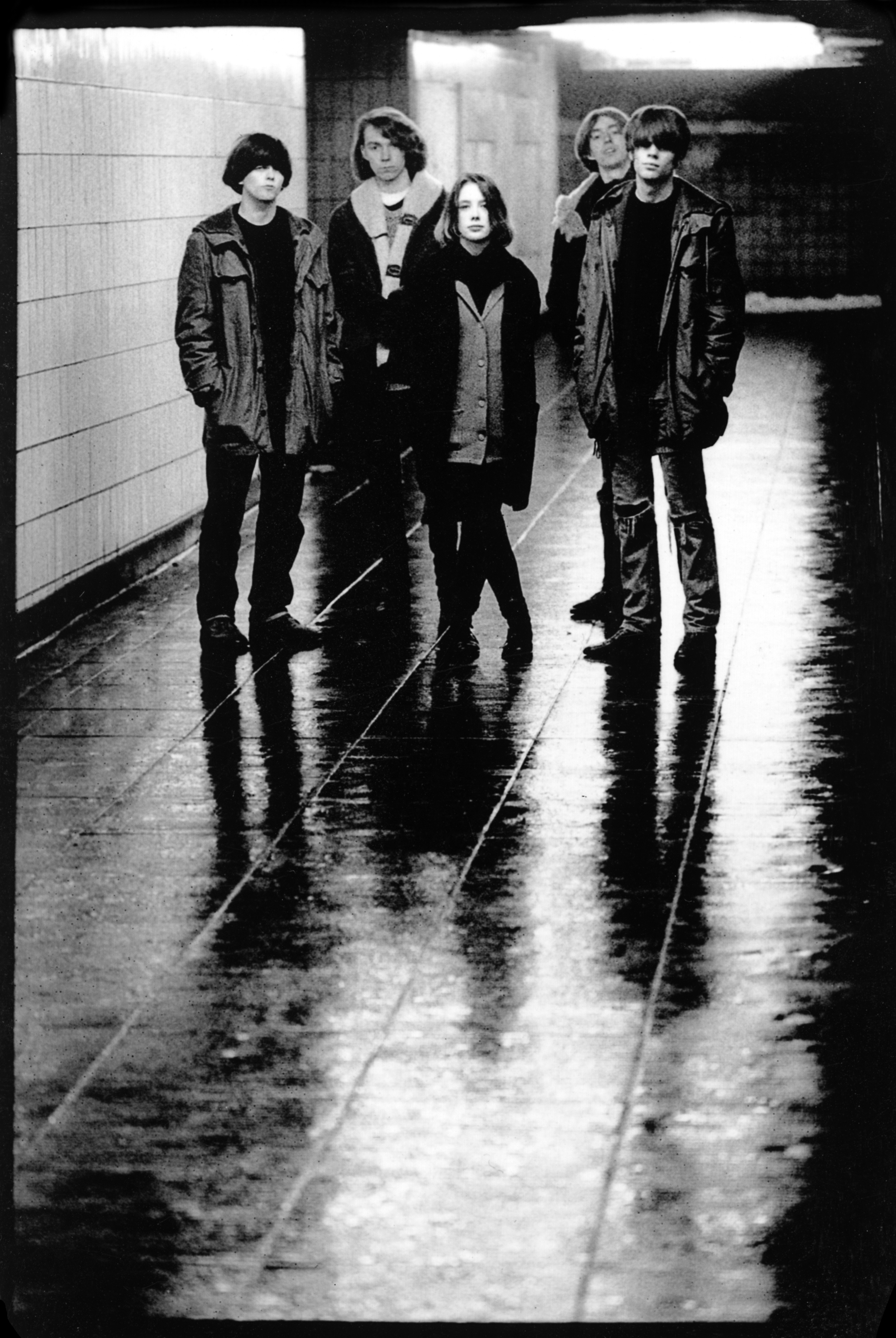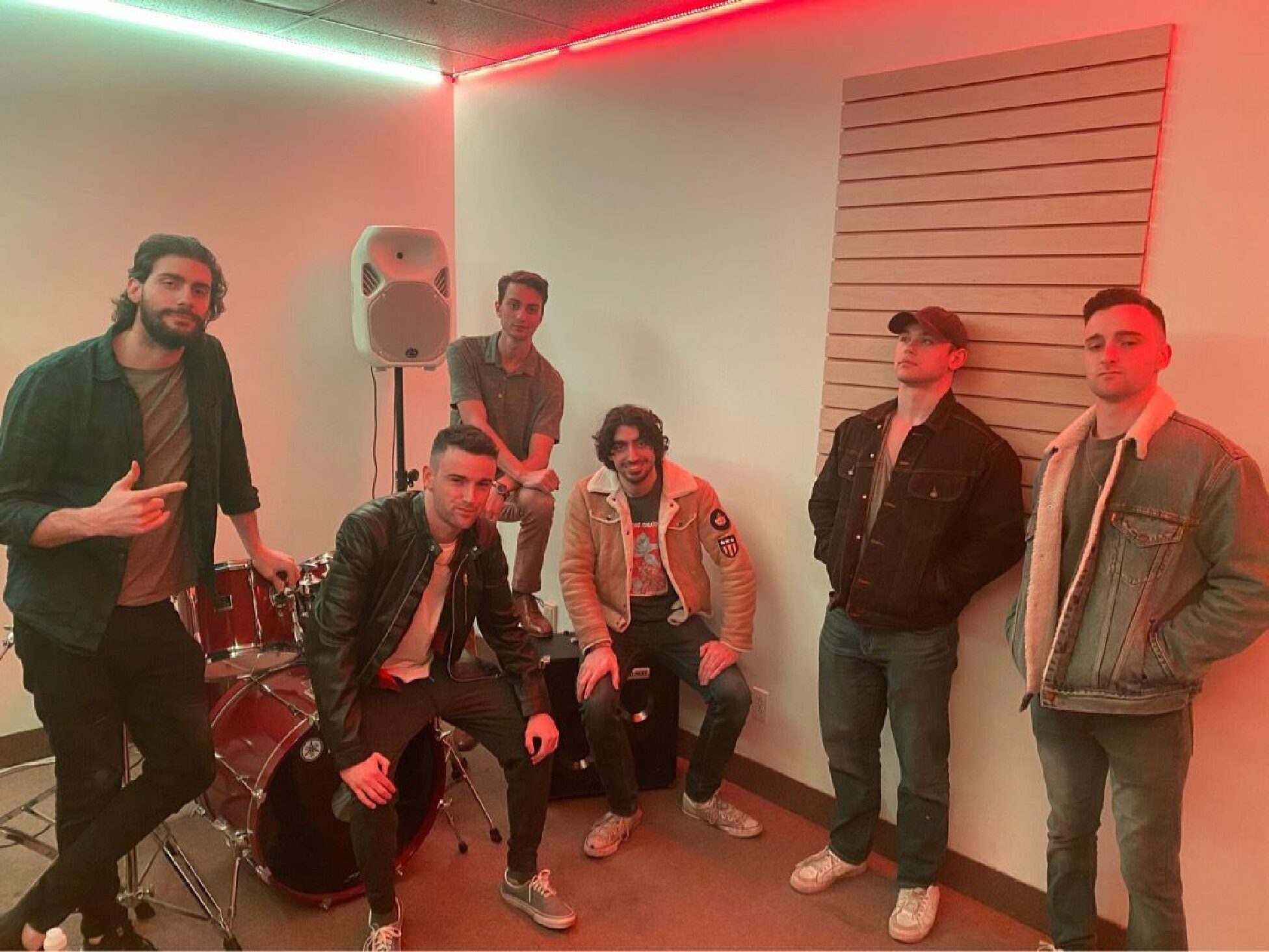Drenched in reverb and fuzzy, pointed theatrics, this genre is as harsh as it is blissfully dreamy
A style criminally marginalized, the shoegaze idiom is, by design, a lush, guitar-inflected form of music. It’s rendered by the funneling of disjointed ideas, augmented by nimble fretwork and an enveloping sonic undercurrent. This culminates into a densely compact sonic palette that distills fragmented ideas and sounds into actual songs.

Characterized by mood, shoegaze most closely resembles the sensation of being wisped away by an opaque force, the results often inducing feelings of weightlessness. It’s like an untouchable gem, constantly hovering above us with an innocuous, childlike disposition; just out of reach but close enough to interact with. However, shoegaze is every bit as seismic in experimentation as a guitar and amplifier will lend. Rich in texture, lush in tone and touting a delicate dichotomy between shimmery atmospherics and trance-inducing noise, it’s a musical style that avoids pretense and pummels with unmitigated expression.
Effect pedals are utilized extraneously, which is where the term shoegaze is derived from. The term was loosely applied to proto-shoegaze acts to describe their fixation with effect pedals. They were quite literally gazing at their shoes in an attempt to switch between reverse-reverb filters and tremolo-effects. It’s as if they were imitating a convoluted tap-dance routine.
Lyrics aren’t a focal point, often indistinguishable amid encircling guitar wails. It’s something more easily felt than heard, offering a sensual, non-binary sense of abstraction. Its trademark atmosphere is chiseled by the foundations of multiple sub-genres, most traceable being the calculated ethereal wave of Cocteau Twins and the noise-pop impulses of The Jesus and Mary Chain. The cavernous melancholy of post-punk, the enigmatic splendor of ‘80s dream-pop, and the raw sheen of neo-psychedelia all roam around freely in the shoegaze playpen. Ironically the true crux of shoegaze is its rigid opposition of technical logic and formality.
In the wake of newly emerging Britpop outfits like Suede and Blur in the early ‘90s, shoegaze was bound to fall under the heft of its own ambition. Typified by a trademark hypnotic dissonance, colloquially called a “wall of sound” amongst producers, this genre is very much a product of its time, one that made an indelible mark on pop music traditions. Grunge had yet to carry the rock revolution torch, leaving shoegaze surrounded by word-of-mouth hype. While the monotonous noise it traffics in may waver some, there’s an ever-prevalent melodic instinct buried under the nuggets of noise.
Shoegaze is also characterized by an unregistered stage bearing, which supports the notion that the music is an entity more easily felt. Perhaps shoegaze is best defined as a paradox; not exactly rock, not exactly pop, but what a perfect paradox to graze upon and invest countless hours into.
With the resurgence and fortification of such genre-affirming luminaries as My Bloody Valentine, Slowdive, and Ride, shoegaze was able to withstand everything the world had to throw at it. For better or for worse, it came into fruition from the universe expanding ambition of a legion of disenfranchised youths. Dejected by a deep cultural malaise that was catalyzed by a stark music circle, the general angst-fueled “feel” to shoegaze is as much of a requisite component to the genre’s façade as the music. The sprawling nexus of artists that pioneered the genre had the world wrapped around their fingers only to slip right under our noses in a moment’s notice. At the peak of its popularity, shoegaze was and still is, a slightly inconsistent paradox of pop craftsmanship, its legacy as influential as it is dubious.
The gold-standard apex of shoegaze, the most pivotal record, is the one that’s ironically the most human. Loveless by My Bloody Valentine is the quintessential, crowned jewel of the genre. It synthesized the atypical shoegaze elements of excess with flexible, elastic guitar tones. The technical quirks of guitarist Kevin Shields heightened his credentials; he achieved this sound by tuning the strings together on his guitar, bending the strings with his fingers, and then strumming the whammy bar. This established the definitive shoegaze blueprint and the fully realized sound of Loveless. Effect pedals were primarily implemented to add that unmistakable layer of fuzzy distortion, with Shields’ blissful vocal sighs gliding smoothly along the mix. The vapor-like aesthetics of tracks like “When You Sleep” and “Come In Alone” were very liable for reworkings of similar magnitude.
Slowdive, the shoegaziest of the shoegazers, tapped more into the spatial attributes of the style. By turning each dial to 11, sometimes quite literally, Slowdive were able to masterfully channel the gentle abstractions of dream-pop with jangly indie-pop. Distinguished by a reverb-dowsed guitar timbre and a dreamlike vocal conveyance, Slowdive are easily the most emotionally captivating shoegaze outfit. Their slow ebb of a sophomore record Souvlaki measured maximalist and minimalist sensibilities with consummate precision. Their affinity for laser-sharp production tweaks injected the standard shoegaze formula with a new degree of ambience.
While predominantly a British staple, shoegaze was able to extend its reaches to the United States. Galaxie 500, a key progenitor, installed a more tenuous vulnerability to its already frail backbone. This paved the road for a hybrid of shoegaze marked by feeble vocal performances and a more twang-flavoured guitar setting, initiating an innovative period for the genre. The second-wave of bands surfacing from the ashes of early U.K. shoegaze chose to look outward for fresh insight, triggering a new melding of hybrid genres that incorporated crossover influence from space-rock, electronica, and twee-pop.
Shoegaze is a style mostly occupied by self-deprecating romantics whose faces were often obscured by a mop of hair. Be that as it may, building a musical framework around listless guitar noodling is a feat only the ‘90s could bring to a successful end.
Great Proto-Shoegaze Album
- Galaxie 500 – On Fire
- The Jesus and Mary Chain – Psychocandy
- Spacemen 3 – Sound of Confusion
- The Cure – Disintegration
- Cocteau Twins – Head Over Heels
Essential Shoegaze Albums
- My Bloody Valentine – Loveless
- Slowdive – Souvlaki
- Yo La Tengo – Painful
- Ride – Nowhere
- Catherine Wheel – Ferment
Dream Pop, Ambient-Electro, and Nu Gaze
- Nothing – Guilty of Everything
- Beach House – Beach House
- Deerhunter – Cryptograms
- M83 – Dead Cities, Red Seas & Lost Ghosts
- Yuck – Yuck



